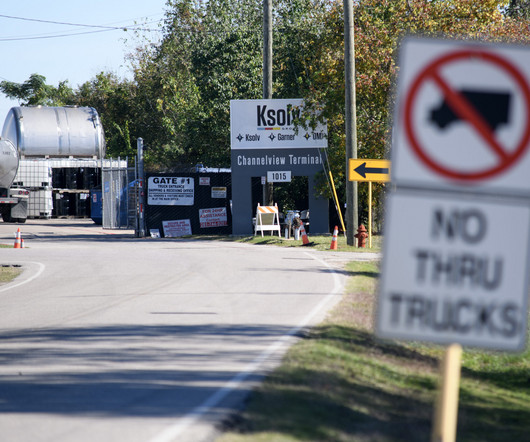What Is Carbon Accounting? Standards, Frameworks, Developments and Challenges
Green Business Bureau
FEBRUARY 24, 2023
What is carbon accounting? Carbon accounting – also known as a carbon or greenhouse gas inventory – is the process of measuring the amount of carbon dioxide, or other greenhouse gases (GHG), an organization emits. Carbon accounting is a must for any becoming business today.















Let's personalize your content